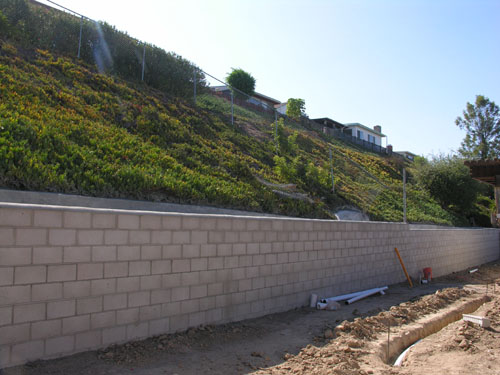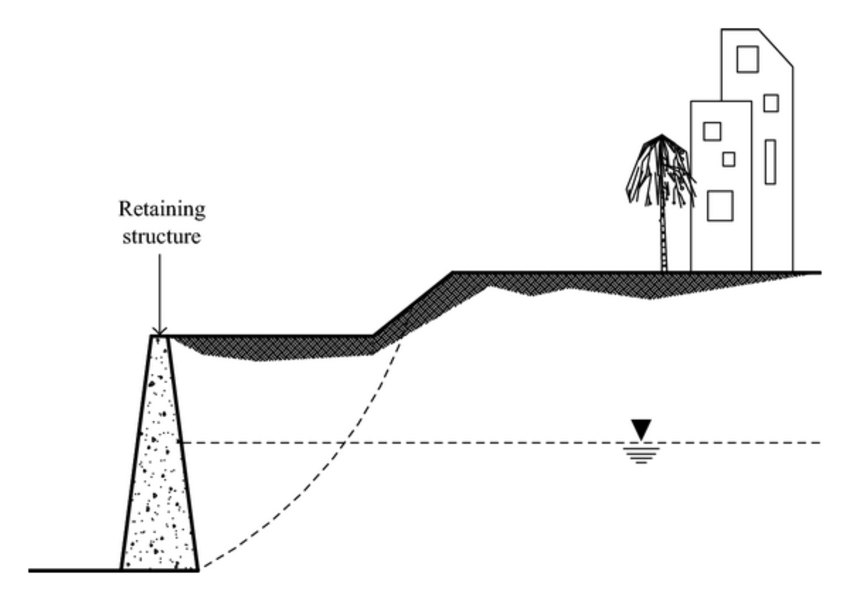Using Retaining Walls to Absorb Noise
Retaining walls are designed to keep soil surface moisture, which is crucial for weed control and to reduce erosion and water transfer. Based on the kind of material utilized, walls may be impermeable or absorbent. Non-impermeable walls are commonly manufactured from concrete blocks, whereas impermeable walls are manufactured from plastics, composites, metal alloys, thermoplastics and plastics with assorted chemical coatings. Retaining walls acceptable for use on steep slopes need to be made from substances that are capable of withstanding hydrostatic pressure through wintertime and aren’t easily washed out in the rain.
Using Retaining Walls to Absorb Noise
The most essential structural part of a retaining wall would be the anchor component, which acts as a vertical member on which the wall has been anchored. Along with acting as an anchor part, the anchor component also elevates the wall by preventing it from tipping or bending during wind and snow conditions. Anchor bolts are usually made from galvanized steel. They are placed in a position in the perimeter of the retaining wall and threaded through a collection of holes within the structure to provide a firm and trusted holding force.
Using Retaining Walls to Absorb Noise
The second structural element is that the drywall element. The drywall element is a thick coating of board, paper, drywall, or other elastic membrane, which offers an effective insulation against heat loss, cold air motion, and air flow. The heating element of a retainer is usually visible only when a layer of dirt is present above it. The coating of dirt prevents penetration of dirt particles into the interior of the wall. The thickness of the drywall element additionally determines how much acoustic performance of the device can reach, since deeper layers of dirt to reduce the scattering of sound waves.
Using Retaining Walls to Absorb Noise
The third retainer component is the keeping surface. It can be constructed from bricks, stone, concrete, gypsum, natural stone, etc.. However, special materials are presently being used to make exceptional designs for buildings in urban settings. The concrete layer is usually made from sand or cement to avoid the building components from multiplying during the process of construction. A layer of crushed stone or gypsum can also be utilized to avoid the build up of pressure on the surface of the substance, which may cause buckling.
The fourth structural component is the soundproofing layer. In a building, a couple of openings or penetrations in the outer envelope of this construction may result in the transmission of airborne noise within the building. Sometimes, particularly those in high tech buildings or people where open spaces are common, the noise can spread through the whole building and its occupants. That is why construction companies normally call for a proper type of soundproofing for any area where construction is taking place. One of the best solutions for this issue is the usage of Retaining Walls especially adapted for these purposes.
Walls are one of the most efficient noise absorbent materials. Their design makes sure that sound waves encounter very little resistance as they pass them over. They are also more flexible than other comparable materials, such as gypsum boards. Actually, they may be formed into just about any shape imaginable. Several types of those structures are utilized for various functions, including:
Construction businesses often use Retaining Walls in order to offer additional room for living areas or storage arrangements. Besides this practical program, the concept of nach einer weiteren vorteilhaften ausgestaltung der erfindung can also be important for decorative reasons. It’s been found that the natural landscape of many locations can greatly enhance outdoor ambience. A gorgeous example is that the rolling hills that surround the quaint small village of Eben, located on the southern fringes of Mecklehammer, Brandenberg and Mulde, in the Rhineland-Palatinate area. The use of these partitions as a powerful sound absorption solution could have provided an entirely new atmosphere for this idyllic atmosphere.
As a matter of fact, many architects choose to utilize Retaining Walls in regions with dramatic scenery because these structures can greatly enhance the visual appearance of any outdoor area. A striking case in point is that the so-called’Rietzbar’ in the Spandau region of Lower Austria, which is surrounded by magnificent scenery. The architect that designed the building was particularly keen to incorporate the crucial elements for great sound absorption. In addition, it was needed to be high enough to prevent the impact of sun rays, while at precisely the same time providing enough width so as to ensure that outdoor activities wouldn’t be blocked by large blank walls. Indeed, the combination of practicality and aesthetic awareness is often a very effective combination.
